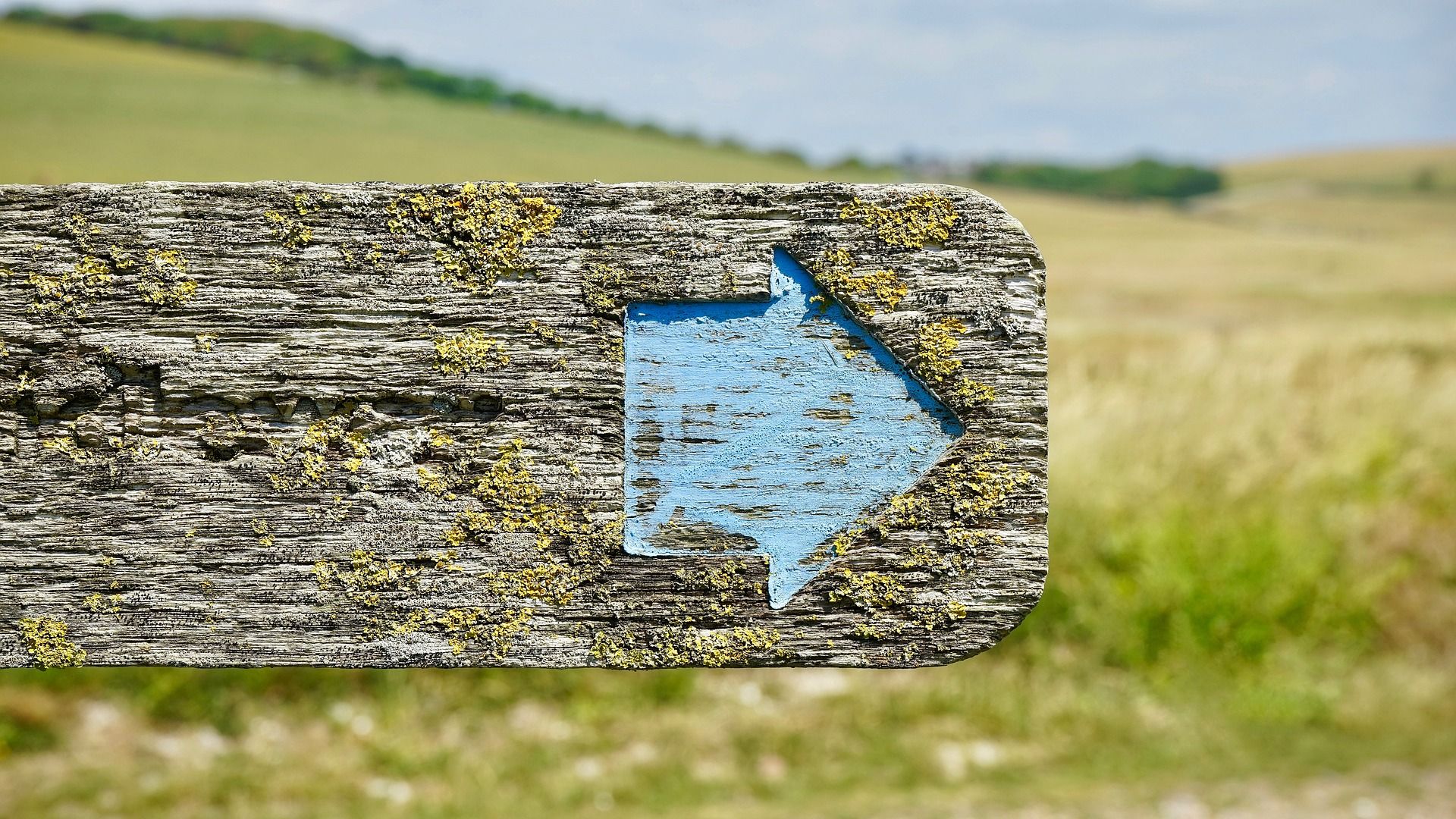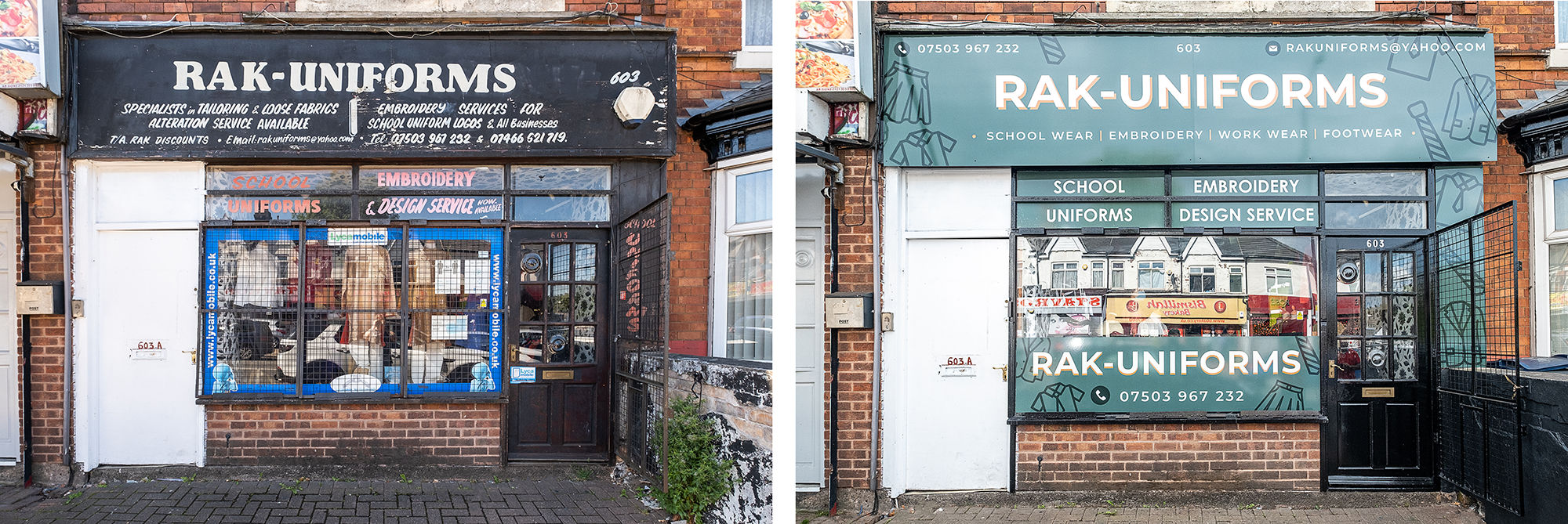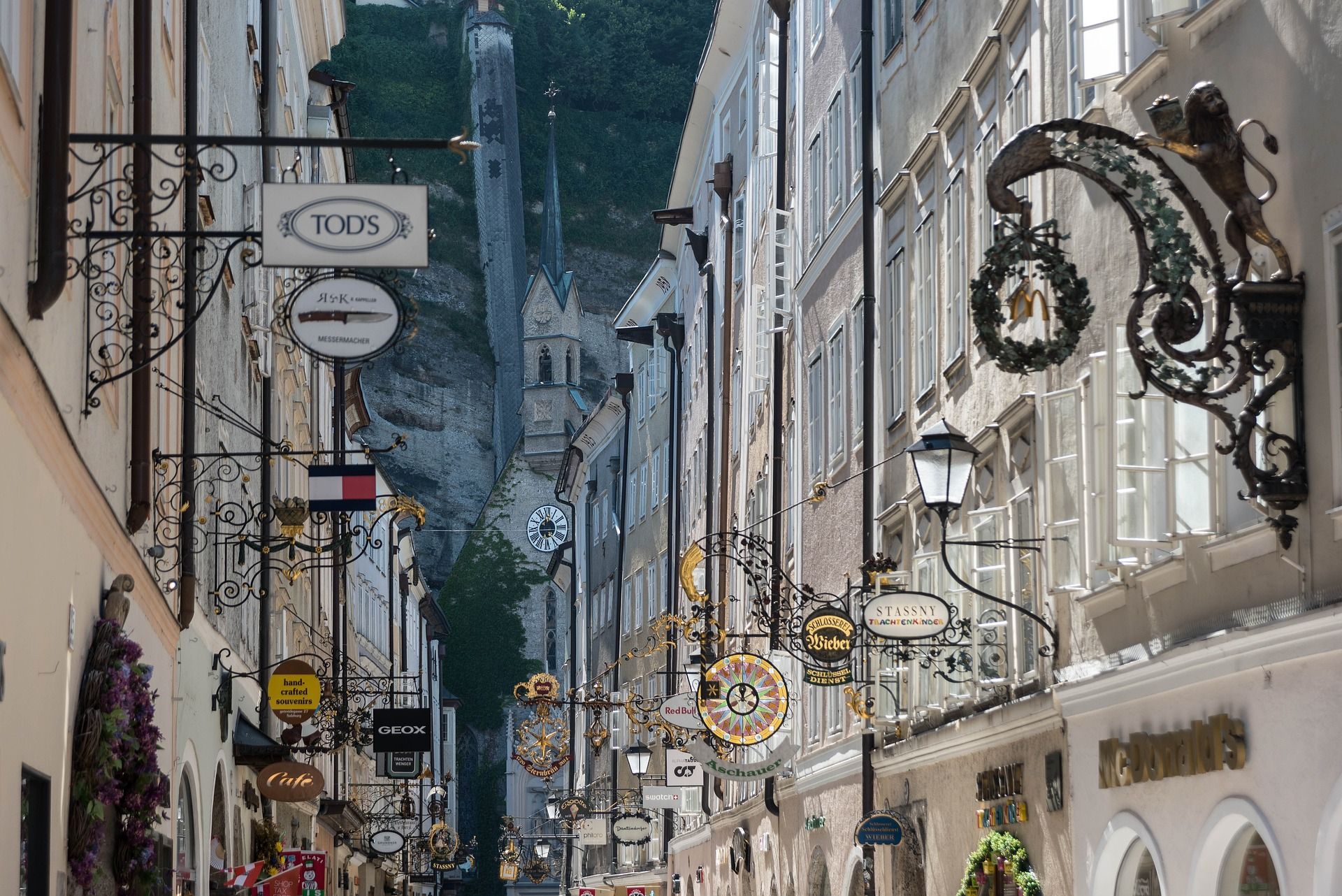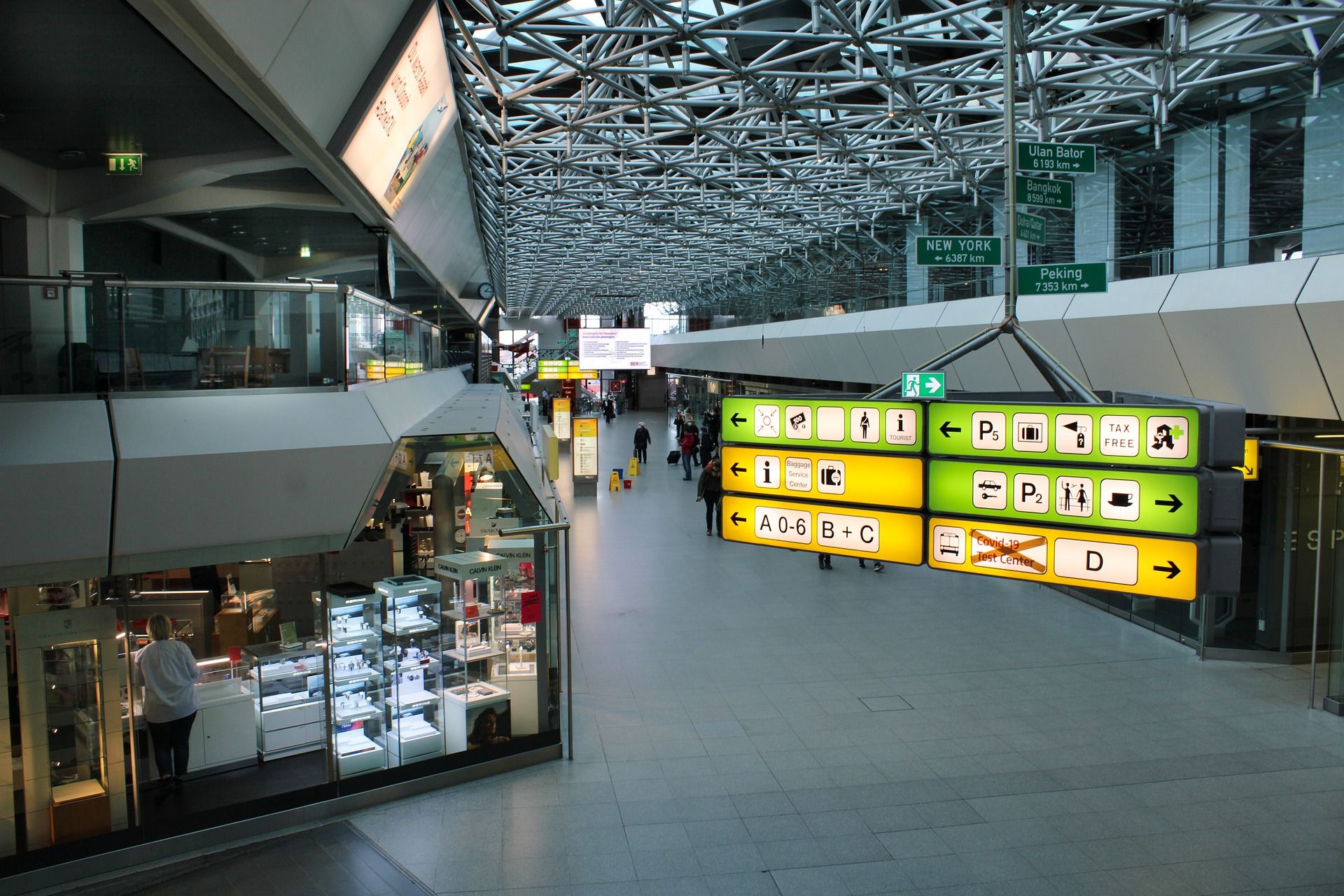Chances are that with a quick look out the window or a walk up the high street you’ll see any number of signs in any number of formats and designs. Bus stops, shops, government buildings, visitor attractions – signage plays a major part in society, and we’d be lost without them.
They’ve helped the progression of society for centuries, millennia even, and have evolved to a place where we couldn’t imagine life without them. They influence our lives, from where to eat to where we work. Their importance to the business world and so much more is hard to overstate. They even have a nostalgic draw to them, with vintage signs often used as decoration.
In this article, we will look at how we can use print and cut to make sure you can give your customers an edge and ensure that their signs get them standing out from the rest.
A Look Back at the History of Signage
Signs are engrained in cultures all over the world, and wayfinding signs can be traced back to the ancient Roman empire and the roads they pioneered. In fact, the ability to travel further from home is what really kickstarted the industry. People needed to know where they were, where they were going, where they could stay and what they could trade.

With most people being illiterate, early signs were illustrated so passers-by could tell the blacksmith from the inn. Advancement was slow though, never really progressing beyond stone, brick, and timber. The biggest change was how much information they could convey as more people learned to read and sign makers developed more artistic flair.
The 20th century saw the first major revolution. Commerce took over as the sign industry’s primary driver, with businesses needing to be seen and distinguished from their competition. Technological advancements at the time also helped to push the industry forward, such as lighting making signs seen at night, attention grabbing neon signs, and acrylic sheets that introduced many different colours.
Digital technology and computers brought the most rapid development to the industry. It’s much quicker and cheaper for a graphic designer to create designs digitally than having skilled artists draw and paint them. It also allows them to be made on a far larger scale. Digital printers and vinyl cutters/plotters can be used to create signs. Regardless of these advances though, modern techniques can still live side by side with traditional methods and help to add variety.
Why is Good Signage So Important?
If you’ve ever decided to stay away from a particular shop because of the poor state of its shopfront signage, you’re not alone. In fact, a study conducted by Roland DG polling 1,531 shoppers across the UK, France, Germany, Italy and Spain has revealed that over a third
So, while signs are important to businesses for all the reasons mentioned bellow, good signage is imperative. The high street has faced numerous challenges in recent years, not least the Covid pandemic, but it seems signage can’t be overlooked as a driver in its recovery.

Birmingham clothing retailer Rak Uniforms was one of three businesses to take part in Roland DG’s campaign to promote the value of shopfronts. When comparing the day after the makeover in 2022 to the same day in 2021, card payments were up by a staggering
Sign Making Today
Signage remains crucial for all businesses. While companies can exist exclusively online, most have a physical presence. Signs communicate the brand – they help attract customers, build brand loyalty, and differentiate businesses from their competitors. Good signage is necessary to stand out, communicate a message, provide advice, and inspire an action from the audience.

So how can you create signage that will take businesses to the next level?
Types of Signage
Every industry has its own expectations and conditions for the signage they need. Retail and tourism have some very different requirements, but both sectors rely on quality signage to provide information to their customer.
And that’s really what a sign is, a visual display that conveys information. Whether indoor or outdoor, they can be:
-
Informational
These range from road signs with place names and distances to interpretation boards in a museum or tourist attraction to parking charges. They help people get where they are going, find what they are looking for and learn what they need to know. -
Compliance
All businesses have a responsibility to their employees and customers and require signage to stay compliant with legislation. This could include braille and accessibility, hazards, fire regulations, and health and safety. -
Exterior
Signage informs the customer who the business is, what it does and where it is. It will include branding and help differentiate the business from those around it. -
Marketing
Marketing signage is used to help influence buyer behaviour, from product advertisements, promotions and exclusive offers, POS and much more. -
Digital
Obviously an innovative, eye-catching, and very effective advancement in signage, but less compatible with a printer/cutter. Digital signage gives incredible flexibility in what can be displayed, and touchscreens add another interactive level too.

Creating Signage with a Printer/Cutter
Outside of digital signage, there’s a good chance that most signs you see will include some element of print. The breadth of material you can print onto gives you so many options, from adhesive vinyl for vehicles and windows, PVC banners and banner stands to posters and stickers, fabric and backlit graphics. UV print technology allows you to get even more niche, printing textures and special effects for more tactile results.
-
Print and Mount
Adhesive vinyl is an amazing material. Print almost anything onto it, cut it to virtually any shape and stick it to any number of surfaces. How about printing safety signage on reflective vinyl and sticking it to aluminium boards for durability? In fact, as long as the surface is mostly smooth, there aren’t many limitations to what vinyl will stick to, depending on quality, of course. -
Direct Printing
You’ll be hard-pressed to find a surface that you can’t print UV ink onto, assuming it can fit in the printer and there aren’t too many surface undulations. Print a woodworker’s sign on wood or a surf shop sign on a surfboard. Acrylic is also ideal for signage. It comes in different forms such as coloured, mirrored, light diffusing, and anti-static. -
Tactile Print
UV gloss ink can be built up in layers to create textures, particularly useful for creating Braille writing as it’s relatively cheap and quick to get great, long-lasting results. Signage with texture, like water droplets for a spa or snake scales for a zoo, could work brilliantly and add that extra something to make it stand out. -
Backlit Vinyl
Printing signage on backlit vinyl and mounting it on an LED lightbox can give outstanding results – think about that blockbuster film poster that entices you to the cinema or the beach destination you see as soon as you’ve picked up your bags from arrivals at the airport. The way they diffuse the light really makes the signage pop. -
PVC Banners
Although banners tend to be a shorter-term solution, like advertising an upcoming event or a backdrop at a tradeshow, they are resilient, long-lasting and very eye-catching. -
Fabric Banners
Light can be a sign’s friend, but it can also cause problems. Fabric banners offer minimal light-reflection and can be the perfect solution in areas of high glare such as a car showroom or even a racetrack. Soft signage is more environmentally friendly, generally made from recycled material, it’s lightweight and easy to transport.
More to Consider
A minimum requirement for all businesses is that colours are an exact match to the brand and not just a close approximation. This isn’t always as straightforward as customers might think, especially with greens, reds and oranges. If your printer has an extended colour configuration that adds these inks, you’ll be able to ensure your customers a perfect match.
Accessibility is also important and how the information gets to the audience. Is it easy to read and see, is it distinguishable from other brands, does it get the point across? These are all important points in making the most of the available space.
Conclusion
There are so many ways that can make signage stand out that it has become increasingly difficult to stand out. Signs all have a specific purpose, but the main thing is that they are noticed . Not every business has the luxury of premium backlit digital signage, fewer still have their logo displayed high above Times Square like Coca Cola or Samsung. But print and cut has levelled the playing field for many businesses, allowing them cost-effective access to exceptional, high-quality signage that can set them apart from their competition.
